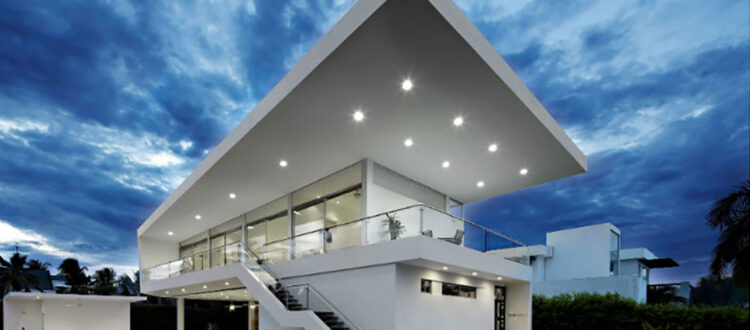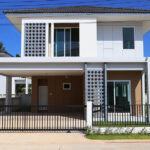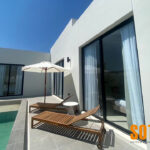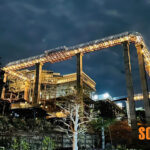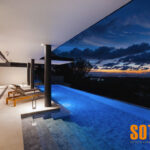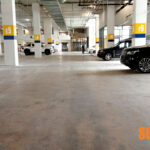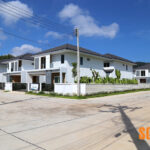Aesthetics vs. functionality, which is more valuable in creating buildings?
One of the most common challenges faced by many architects when they design a house or building is deciding what to give importance to – function or aesthetics. In universities, architectural students are taught that the design of a building or any structure should be based on the function of the building to be constructed. In other words, form meets function. Form follows function is associated with modern architecture and 20th century industrial design. The shape of a building should be based upon the intended function.
But what if the client insists on disregarding this principle and instead asks the architect to focus the design on the aesthetics aspect of the building or structure? How does an architect deal with this scenario?
Following the principle and essence of architecture, the design should be focused more on functionality rather than aesthetics, although in many cases, architects and designers are able to create a balance between these two important elements.
In traditional Thai architecture, aesthetics and art usually define the character of many of the structures built. Often, you see a building with ornate designs reflective of Thai art and culture. Many of the traditional Thai structures bear the distinct Thai features without much attention given to functionality. However, modern architects practicing in Thailand are slowly trying to educate the lay people about the importance of function while preserving Thai traditional features and characteristics.
Architect practicing in Thailand have gradually adapted and recognized functionality as the most important aspect of building design. And these are evident in many modern structures defining the Thailand’s tourism landscape. These are the modern resort hotels, private luxury villas, and even condominium buildings. But while these functional building designs flourish in the country, it is not to say that the architects have altogether gotten rid of the aesthetics aspect of building design.
What translates to the structures that you see around Bangkok and Phuket and other prime locations in the country are the fusion of functionality and aesthetics, with focus on less traditional concept of aesthetics. Take a look at some private villas in Phuket designed by renowned architects based in Phuket. Every space is designed to cater to specific functions – wide expanse of space to cater to free-flow of movement, say in a living area. But the overall design of the villa can be seen with visual enticements as well. These are defined by distinct placement of lighting, sloped roof, decorative columns or window elements, arches, and other decorative pieces that kept the visual appeal of the structure.
In general, clients are more cognizant of the importance of fusing these two aspects of building design. A functionally efficient and aesthetically designed building is not something clients would reject. A compromise between functionality and aesthetics may become necessary but if the architect is able to bridge the two defining characteristics of a building, there’s no longer a need to decide which is more valuable – functionality or aesthetics, in terms of building design.

